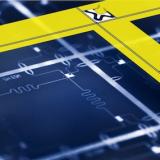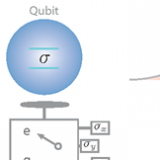The following links contain short summaries of selected papers.
Transferring the state of an information carrier between two parties is an essential primitive in both classical and quantum communication and information processing. Quantum teleportation describes the concept of transferring an unknown quantum state from a sender to a physically separated receiver without transmitting the physical carrier of information itself.
[Read More]





